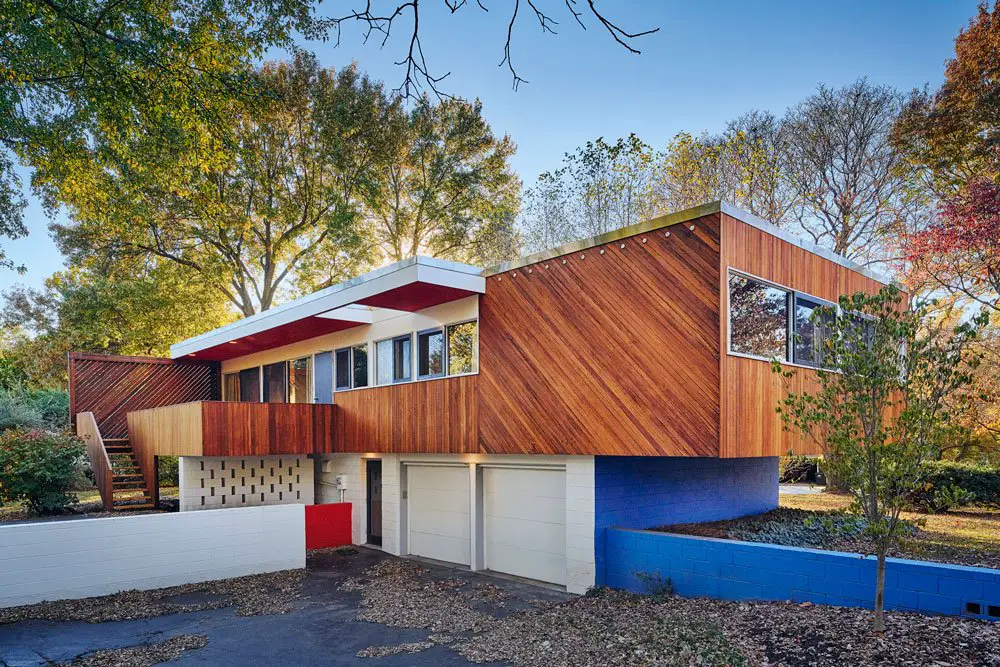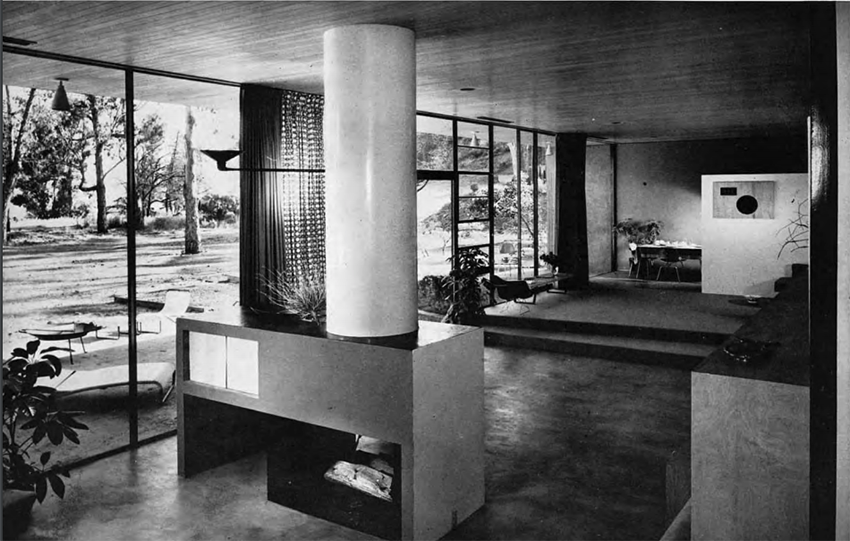 |
| Tonearms are like violin bows... |
When I posted the above picture + caption in my 2020 preview, I was drawing an analogy in which the turntable is a violin, the tonearm is the violin bow, and the phono cartridge is the violinist. Due to unforeseen circumstances that year, I was only able to cover 11-12" transcription length tonearms contained within the Garrard 401 + Alfred Bokrand AB309 essay. Even if I'm committed to transcription length tonearms for ultimate LP reproduction, below are capsule reviews of 9-10" tonearms I also like and use.
 |
| Fidelity Research FR24 MkII Spindle > pivot = 230mm |
The FR24 displayed excellent synergy with medium to high compliance magnetic cartridges. It was the perfect mate to the Nagaoka MP10 and is equally at home with the high compliance Shure SC39ED. The sound was not as exciting when paired with lower compliance cartridges. A beautiful design with a bejewelled feel!
 |
| Fidelity Research FR54 Spindle > pivot = 230mm |
Tonally, the FR54 sits in between the DA305 above and the FR64fx below. I love this tonearm because it sounds detailed yet musical - a combination of virtues that's not easy to achieve. It is best paired with low to medium compliance magnetic and moving coil cartridges. Although at the limit of its range, it can handle an Ortofon SPU and does quite a fine job on playback!
 |
| Fidelity Research FR64fx Spindle > pivot = 230mm |
This is the most massive tonearm in this group and the only dynamic balance design. Top flight low compliance moving coils like the SPU are its natural partners - definitely not designed for high compliance cartridges. It allows the proper cartridge to trace every micron of detail from the LP groove. However, there are moments when this virtue gets in the way of musicality, since it can also sound analytical and dry. It's the antithesis of the Denon DA305. Could this be the reason why its FR64S sibling is more sought after?
 |
| Grace G540L Spindle > pivot = 222mm |
In the mid 90s, the G540L proved to my ears that the concept of a removable headshell being detrimental to good sound was a myth. So I unloaded my Rega RB250, RB300 and Sumiko FT-3 and started collecting tonearms that accepted IEC headshells.😊






















































